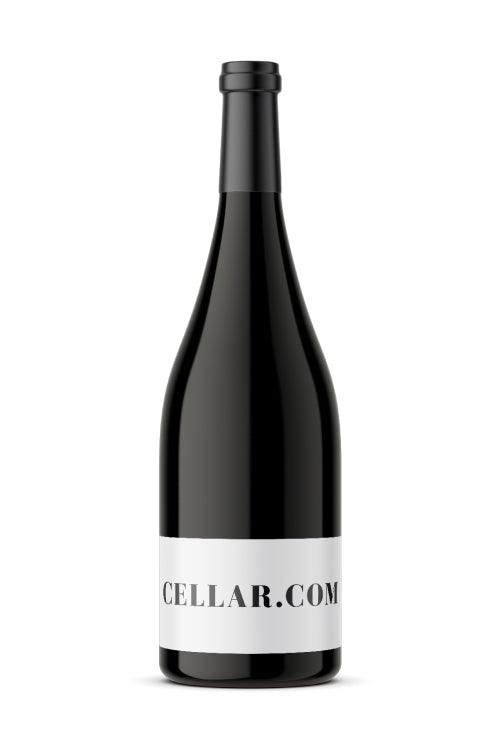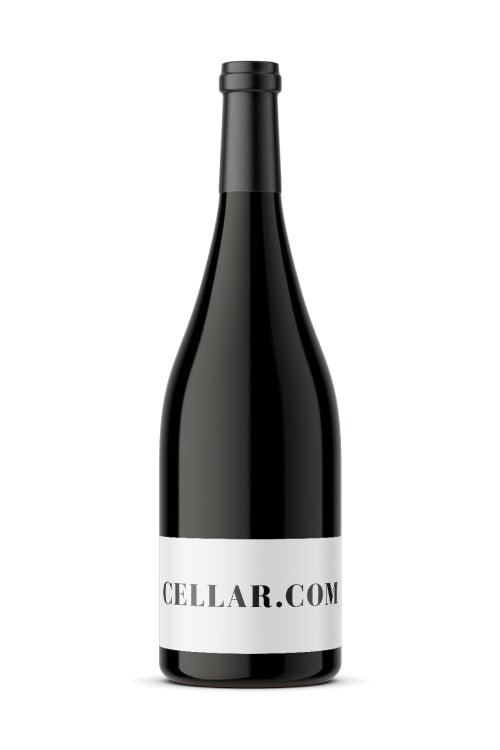1
/
of
1
Arietta Merlot Hudson Vineyard - 2019 (750ml)
Arietta Merlot Hudson Vineyard - 2019 (750ml)
Regular price
$79.99
Sale price
$79.99
Regular price
$99.99
Unit price
/
per
Availability:
1 In Stock
$25 Shipping on Orders +$299
Couldn't load pickup availability
Share :

- varietal
- Region
- Sub - Region
- Type
- Reviews
Product Review
The 1999 Merlot (which includes 10% Syrah) exhibits a Pomerol-like character. It represents a synthesis in style between the elegance and complexity of a French wine, and the power and ripe fruit of a top-flight California offering. An opaque purple color is followed by aromas of cola, chocolate, and macerated jammy black cherries. This super-concentrated, high strung, packed effort appears to be as tight as a coiled spring. There is great fruit on the attack as well as an imposing structure, but it feels like that is all being held in check at present. Despite the big, intense flavors, the wine is elegant and light on its feet. Anticipated maturity: 2005-2020.
When tasting anything produced by John Kongsgaard, I always get the impression that his approach to winemaking consistently results in some of California's most singular and distinctive wines.
Merlot has a reputation for producing smooth, velvety wines that vary depending upon the climate and soil type. Warm conditions on clay soils often produce soft, fruit forward styles. Cool, higher elevation sites produce wine with a slightly more austere structure. It still reigns as one of the world's most noble varieties forming the majority of the blend in Bordeaux’s right bank vineyards of Pomerol and Saint-Emilion. It is now prevalent across the world, achieving particular success in South America, California, and Washington. In central Italy, Merlot is either bottled as a varietal or blended with Sangiovese and Cabernet Sauvignon to form Indicazione Geografica Tipica's (IGT), known as Super Tuscans.
California is one of the most diverse wine producing regions of the world. Although it has a history spanning over 200 years, it has experienced most of its growth in the last fifty years. The regions of Napa Valley and Sonoma County have become as renowned as France’s Bordeaux and Burgundy. While Cabernet Sauvignon, Pinot Noir, and Chardonnay are by far the most popular fine wine varieties, producers in the Golden State have also experimented with an unparalleled array of diverse varieties, including Zinfandel, Syrah, Nebbiolo, Sangiovese, and Tempranillo.
The country’s most famous wine producing region, Napa Valley stretches from the North bay of San Francisco Bay in the South, all the way up to Mount Saint Helena in the North. Although the climate is suitable for a wide range of varieties, Cabernet Sauvignon is dominant and practically synonymous with the region. To account for its geographical diversity, the valley is split up into a number of AVAs. From north to south, the valley consists of Calistoga, St. Helena, Rutherford, Oakville, Yountville, and Oak Knoll. Higher elevation sites include Howell Mountain on the east and Mount Veeder on the west. On its own, Stags Leap District is tucked into the very south east corner of the valley.
Red wine is wine made from dark-coloured grape varieties. The color of red differs based on the grapes variety or varieties used.Interestingly, black grapes yield a juice that is greenish-white. The actual red color comes from anthocyan pigments (also called anthocyanins) from the skin of the grape (exceptions are the relatively uncommon teinturier varieties, which produce a red colored juice). Most of the production centers around the extraction of color and flavor from the grape skin.


